For culinary aficionados and kitchen professionals, few items are as beloved as a cast iron skillet. The legendary cooking tool is not just an ordinary pan; it's a lifetime investment capable of elevating your dishes to new heights. However, its not uncommon to run into issues like rust, food sticking, or a damaged surface. In this remarkable article, we'll delve into the subject of how to repair a cast iron skillet, exploring the essential techniques and tips that can breathe new life into your prized cookware.
The journey of restoration begins with understanding the nature of cast iron skillets. These sturdy, versatile pans are known for their durability and heat retention but require proper care to maintain their non-stick surface and overall integrity. Whether you face the dreadful rusting or a sad, sad scratch, you'll find that there are several effective ways to remedy these common issues.
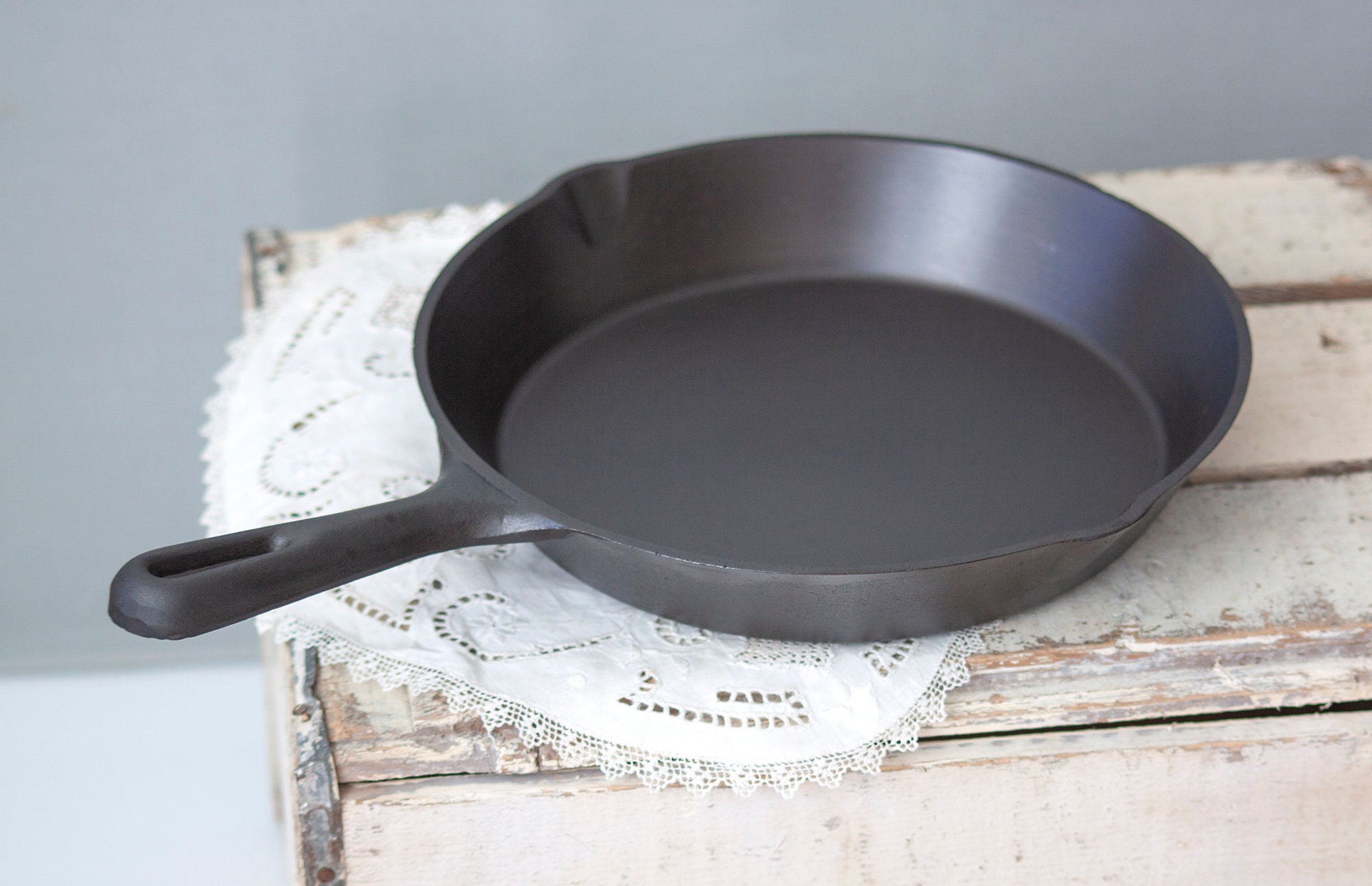
Understanding Your Cast Iron Skillet
Before we dive into the specifics of repairing a cast iron skillet, its crucial to understand what makes these skillets so special. Cast iron skillets are made from a dense material that holds heat exceptionally well, providing a perfect cooking surface for various recipes. Their high heat tolerance makes them ideal for searing meats, baking cornbread, and much more. However, without appropriate care, they can quickly become a chef's nightmare.
Common Issues with Cast Iron Skillets
Like any other kitchen tool, cast iron skillets face their fair share of challenges. Here are some common problems you might encounter:
- Rusting: A frequent issue that arises when the skillet is not dried properly after washing.
- Food Sticking: This usually happens when seasoning is worn off.
- Cracks and Chips: Can occur if the skillet is dropped or exposed to sudden temperature changes.
Now that we have identified these common problems, let's delve into the steps required to repair a cast iron skillet.
Steps to Repair a Cast Iron Skillet
1. Rust Removal
When rust appears on your skillet, do not panic. Heres a simple process to bring it back to life:
- Use a stiff cleaning pad or sandpaper to scrub away the rust. Be sure to apply even pressure for thorough cleaning.
- Once you've removed the rust, wash the skillet with warm soapy water to eliminate any debris.
- Dry the skillet immediately using a towel or place it on the stovetop to drive off moisture.
- Apply a thin layer of vegetable oil to the surface to help prevent future rusting.
2. Seasoning Your Skillet
Regular seasoning rejuvenates a skillet's ability to non-stick:
- Preheat your oven to 450F (232C).
- Apply a thin coat of oil (flaxseed oil works great!) all over the skillet, including the handle and underside.
- Place the skillet upside down in the oven, layer a baking sheet beneath to catch drips.
- Let it bake for an hour, then let it cool in the oven.
3. Fixing Scratches and Chips
If your skillet has suffered scratches or chips, don't worry! Here's how to handle it:
- Use a sanding block to smooth out any rough edges around the scratch.
- If the chip is deep, consider filling it with a food-safe epoxy, letting it cure following the instructions.
- After repairs, remember to re-season your skillet appropriately.
Maintenance Tips for Longevity
Proper maintenance is key to ensuring your cast iron skillet lasts a lifetime. Here are some essential tips:
- When cleaning, avoid dish soap; simply use hot water and a stiff brush.
- Do not soak your skillet - it invites rust!
- Avoid cooking acidic foods until your skillet is seasoned correctly.
- Store with a paper towel inside to absorb moisture.
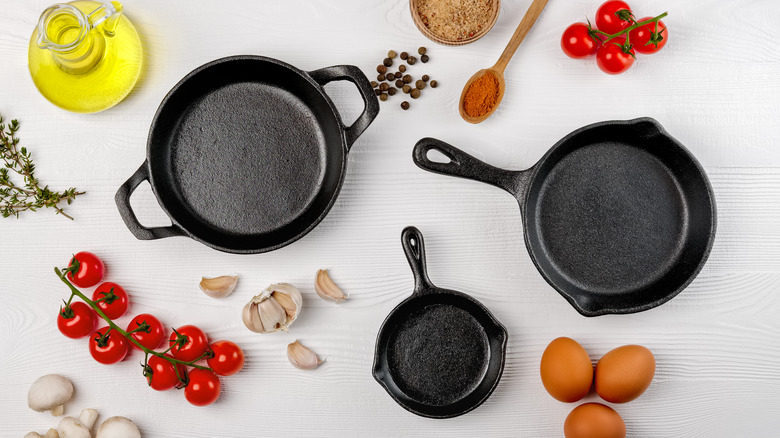
FAQs
1. Can I use soap on my cast iron skillet?
Only use a small amount for cleaning if absolutely necessary. Heavy scrubbing with soap can strip the seasoning off.
2. What if my skillet gets really rusty?
A thorough rust removal can restore it, but remove any rust completely before re-seasoning.
3. How often should I season my skillet?
Seasoning is necessary after every couple of uses, or once you notice food starting to stick.
As an Amazon Associate, I earn from qualifying purchases.

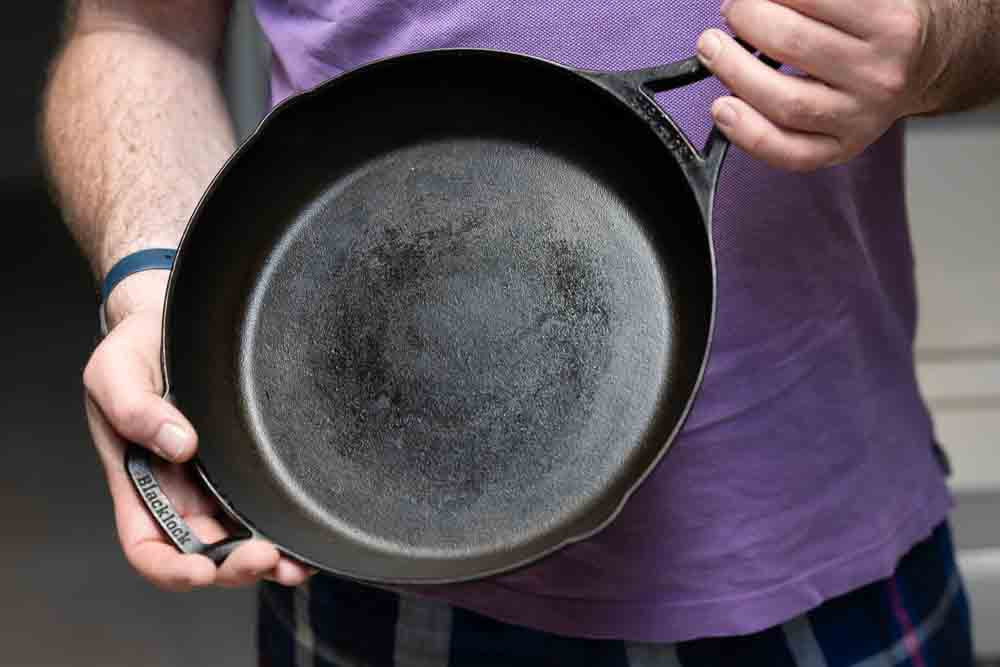


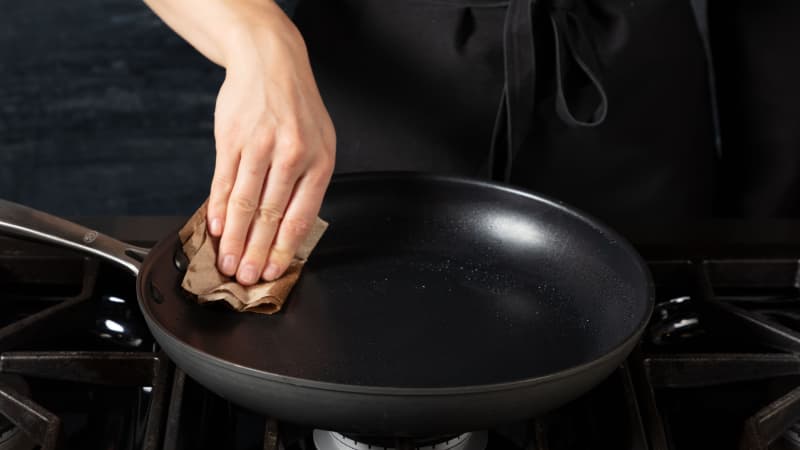
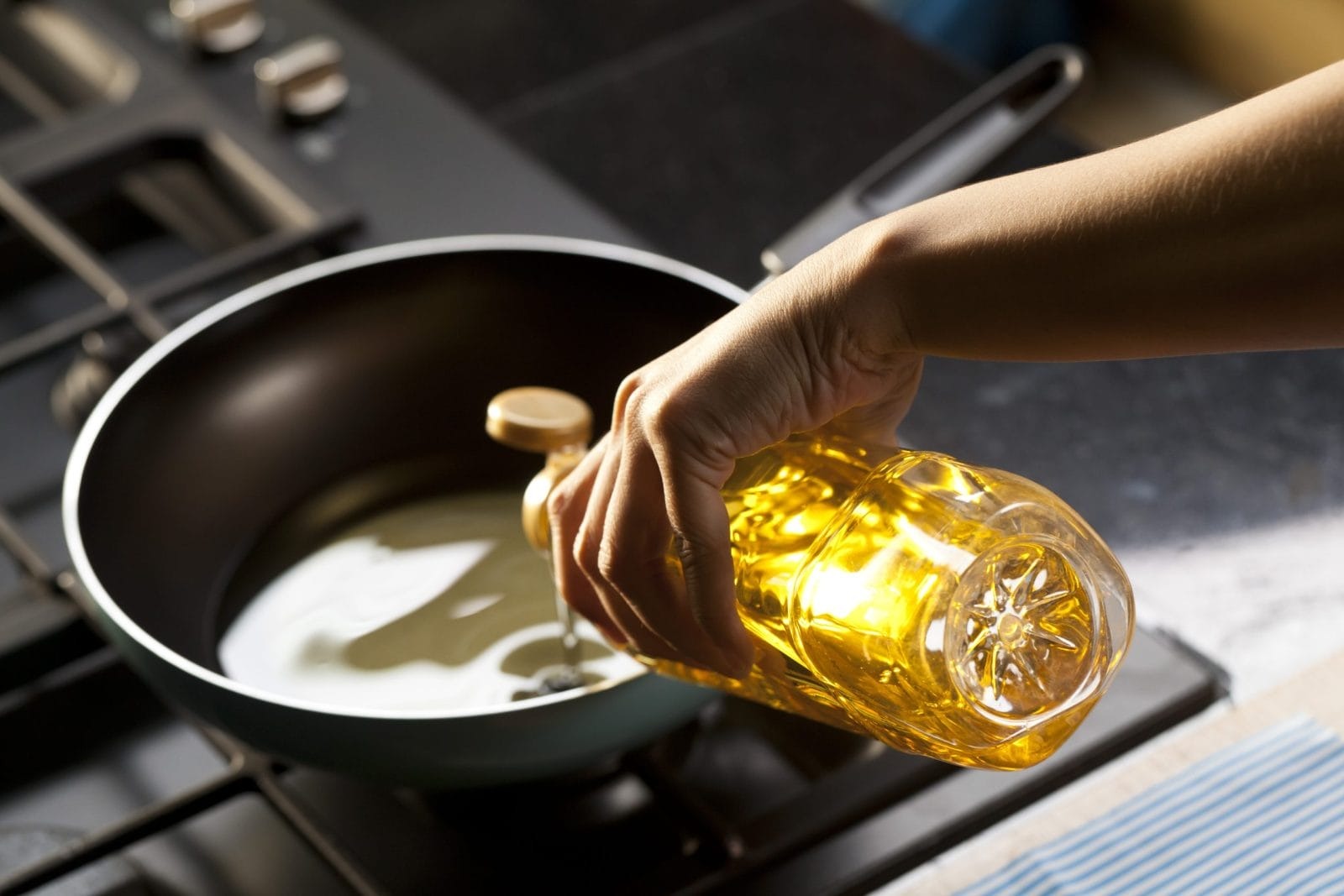
Leave a comment
This site is protected by hCaptcha and the hCaptcha Privacy Policy and Terms of Service apply.